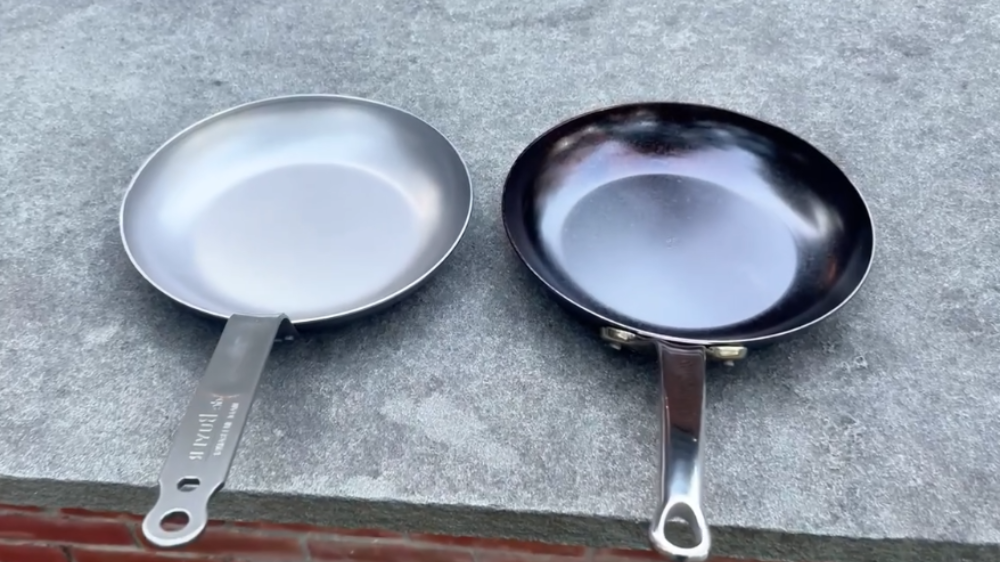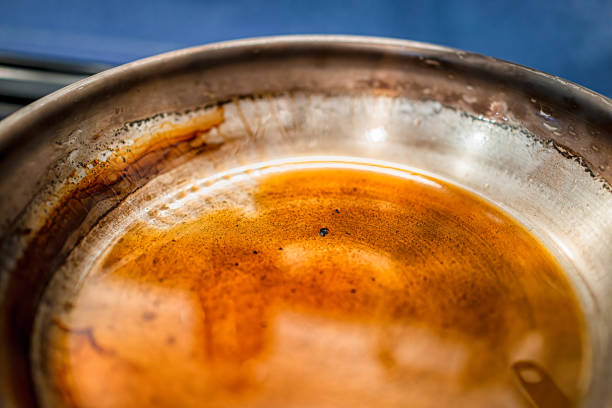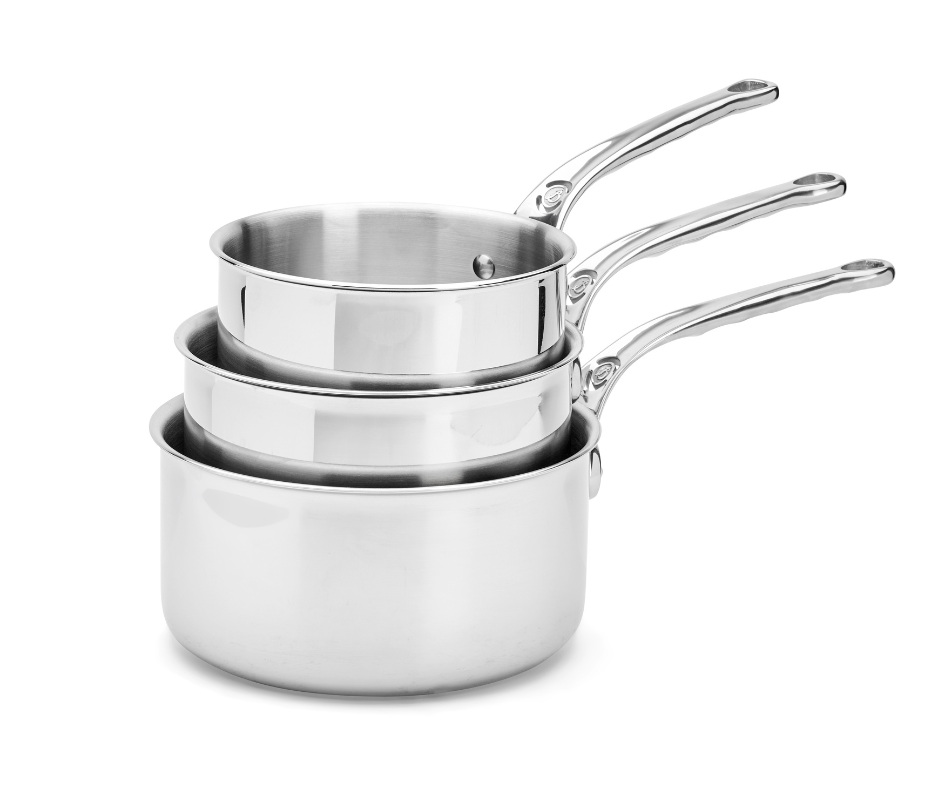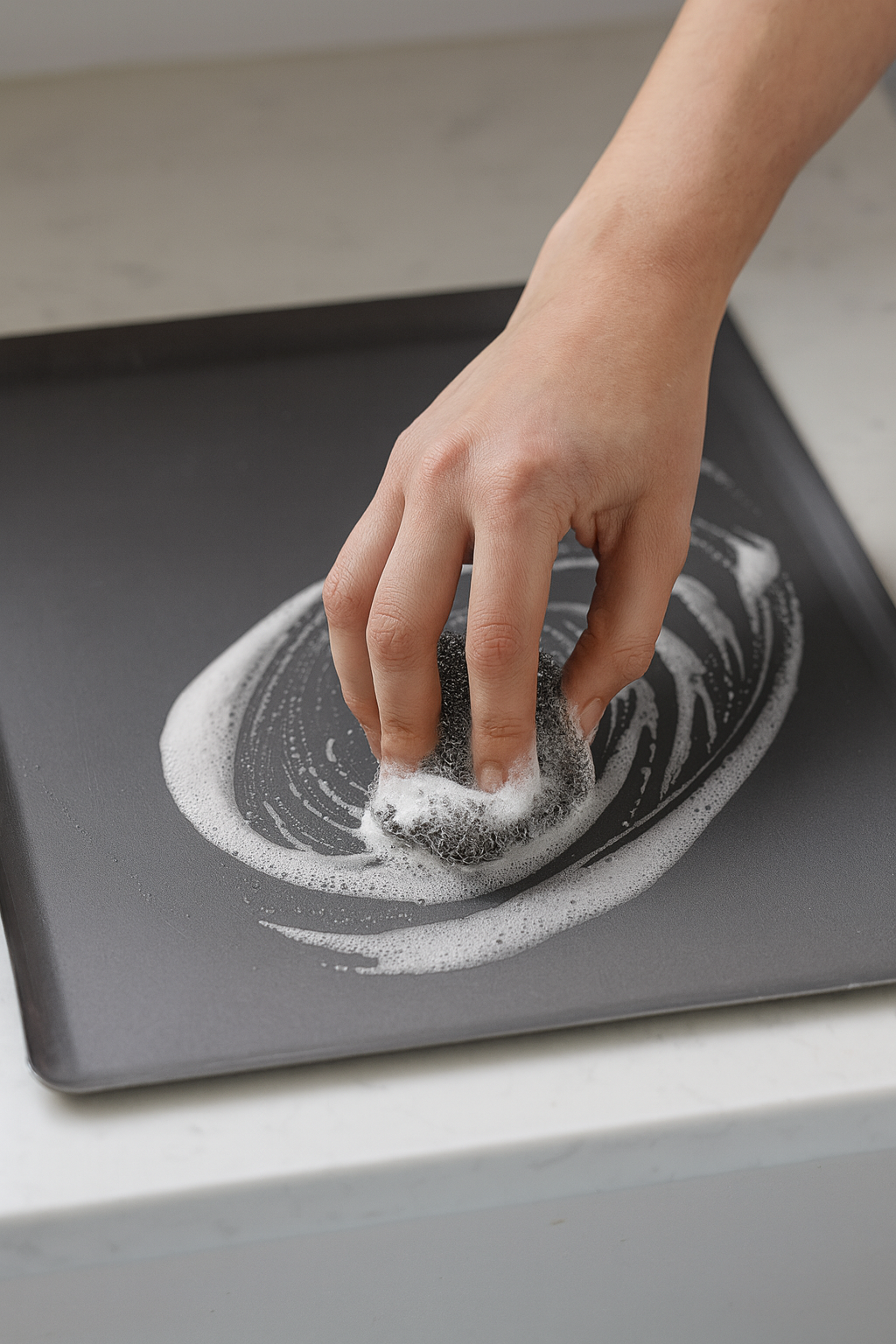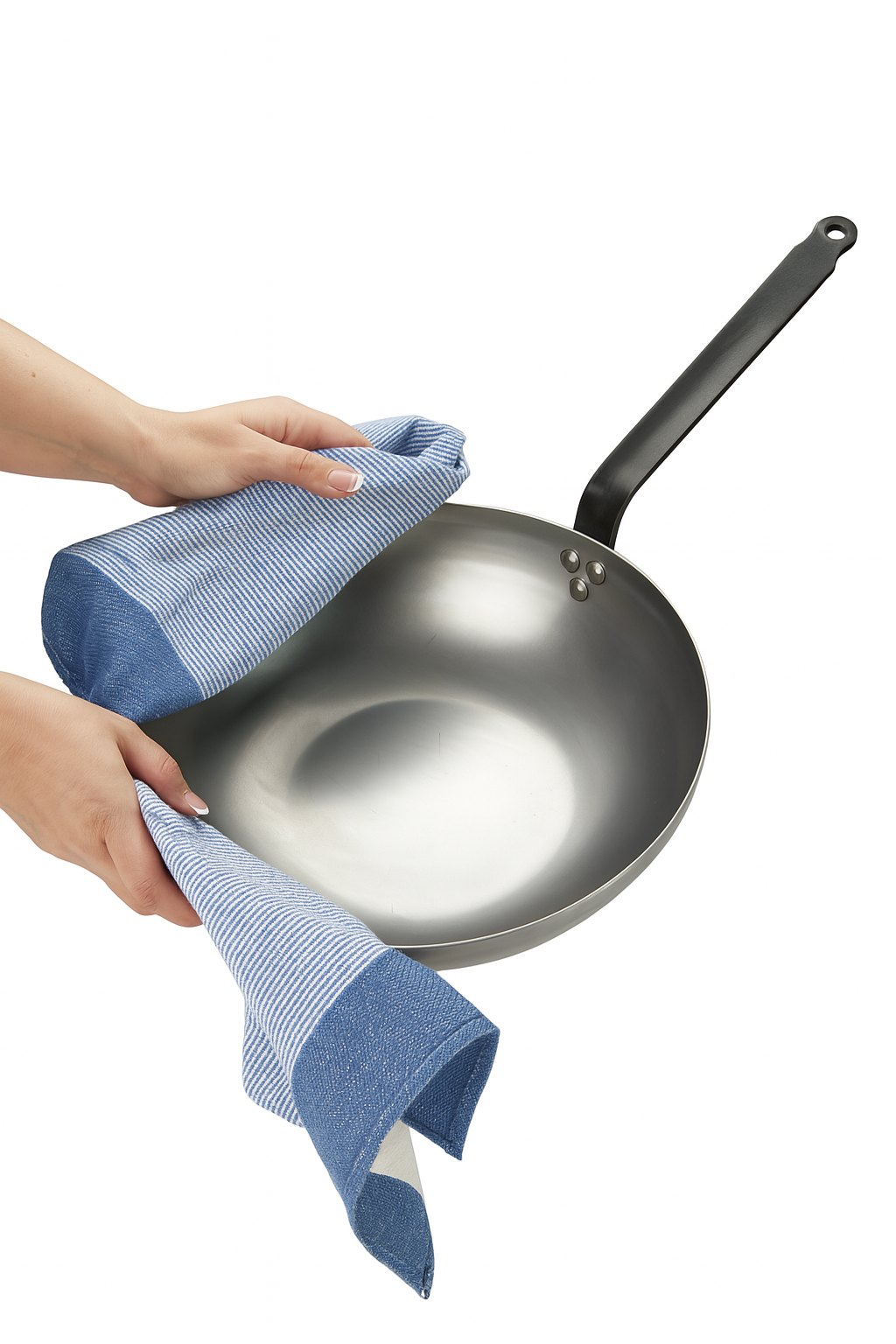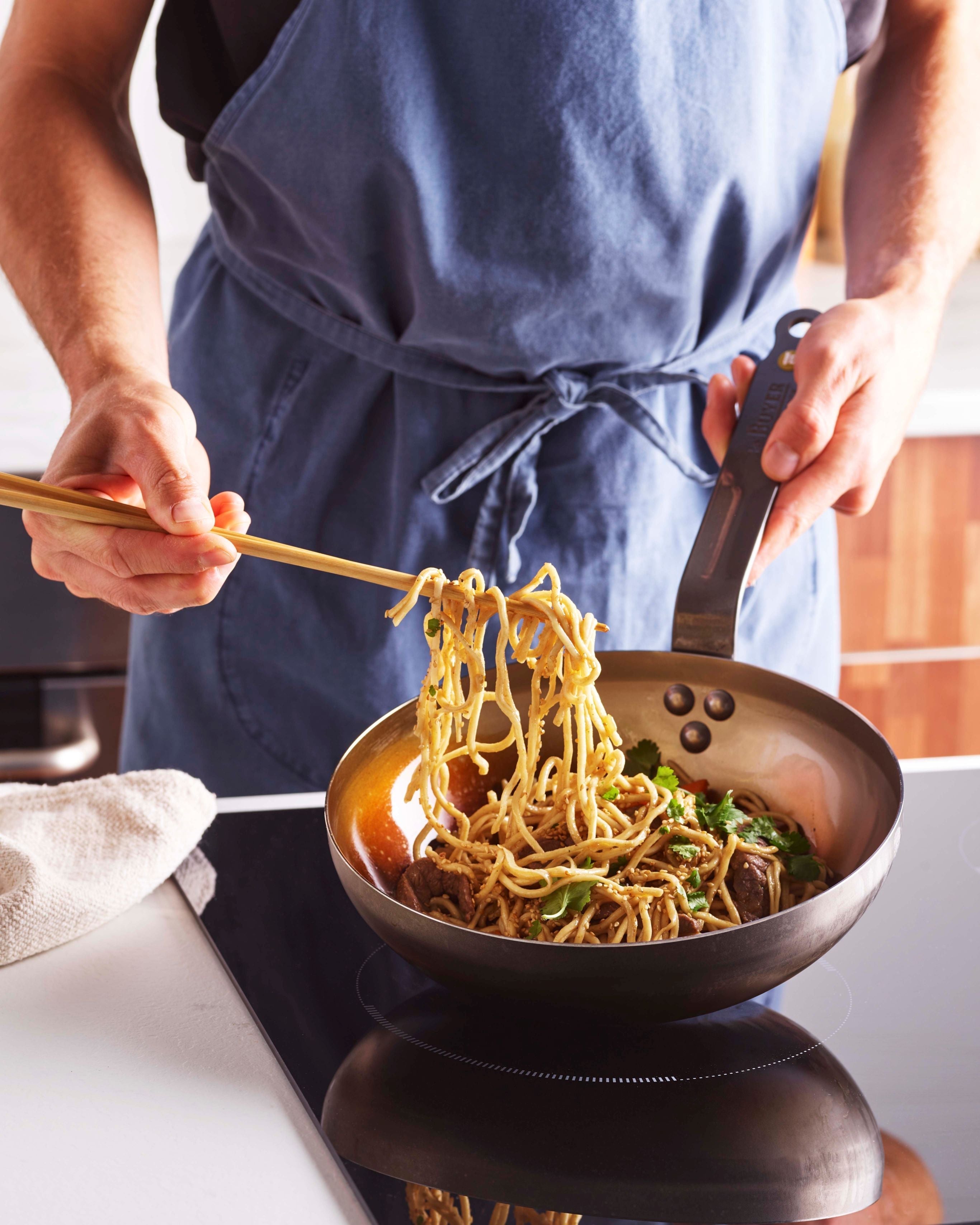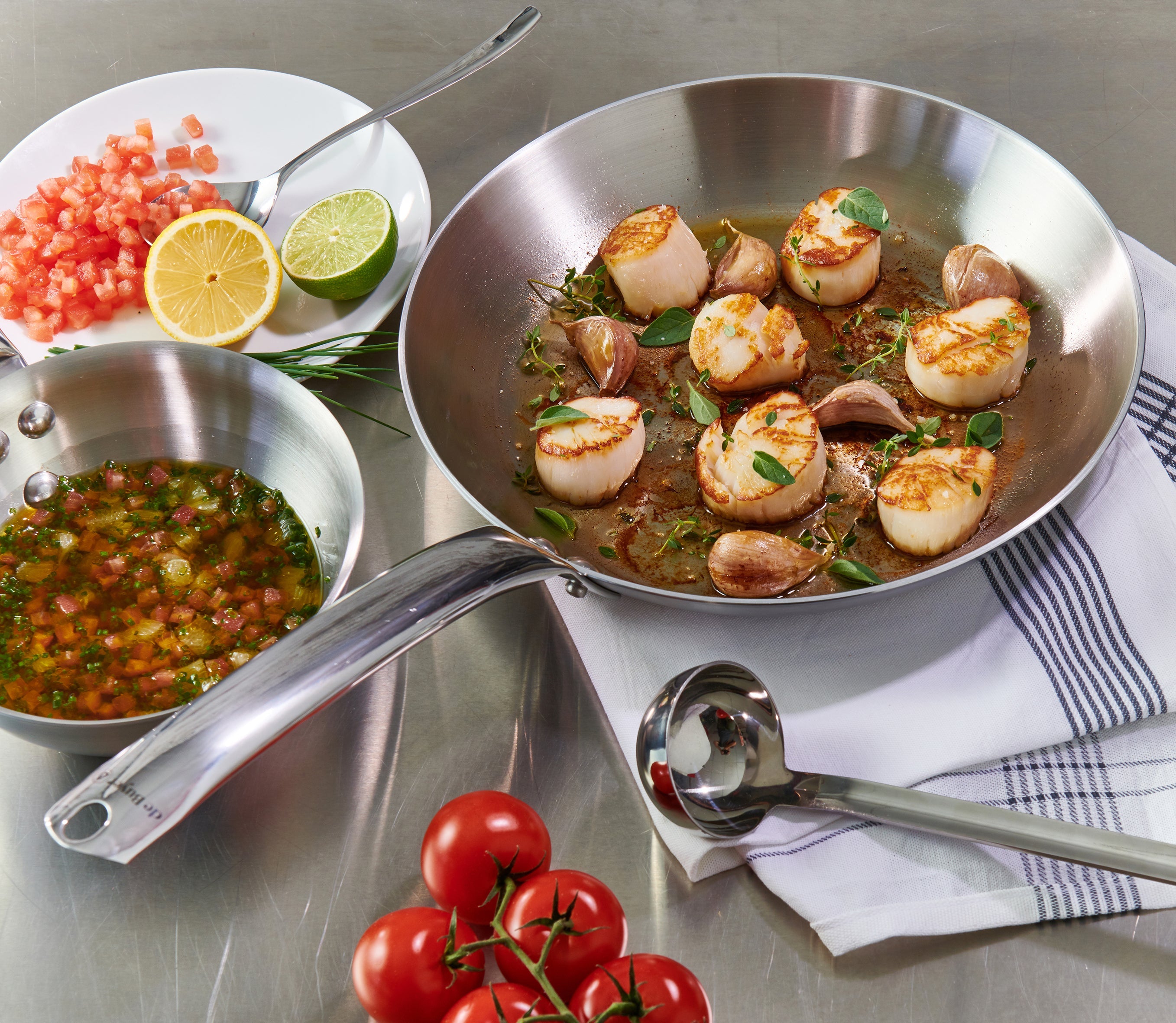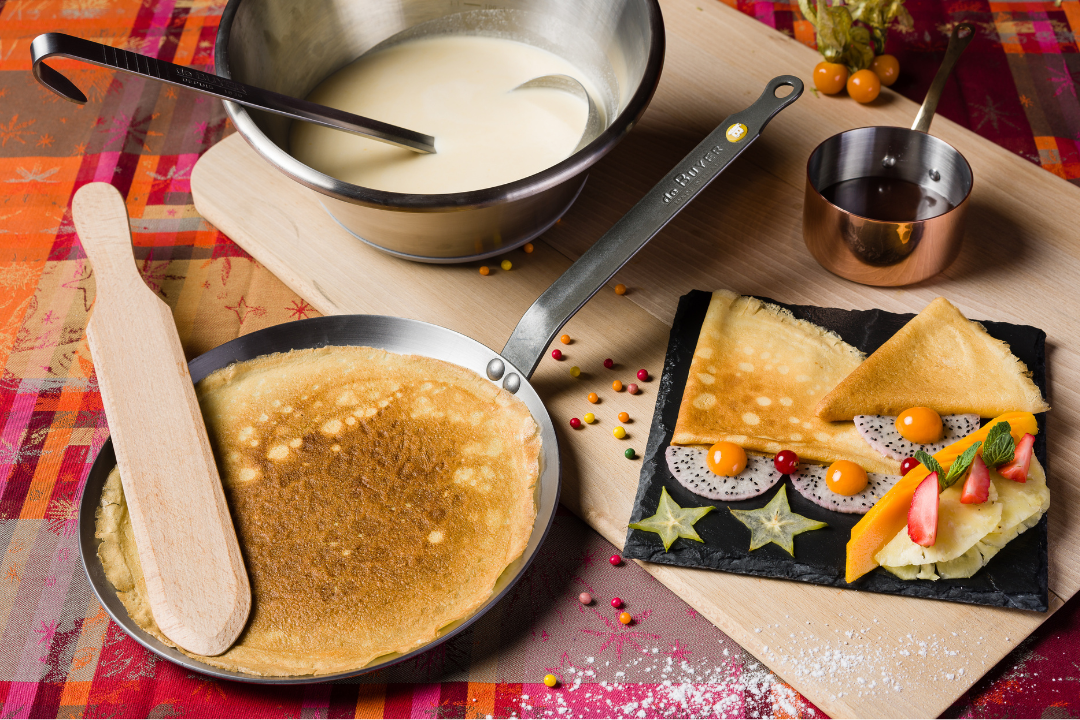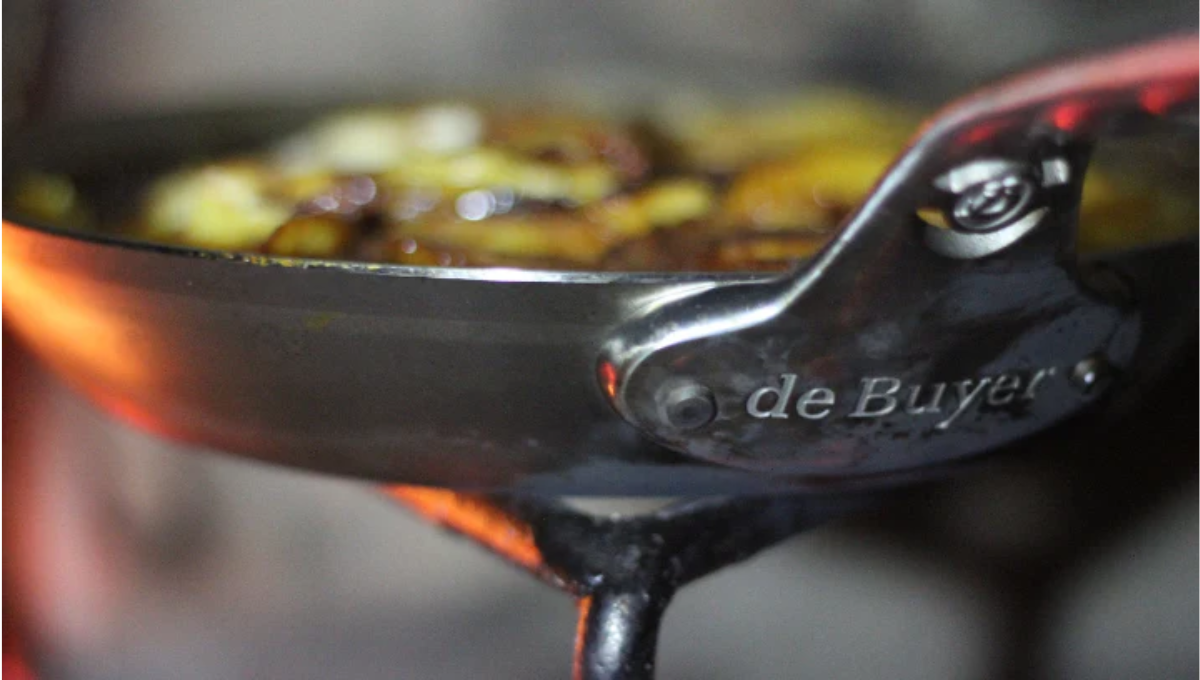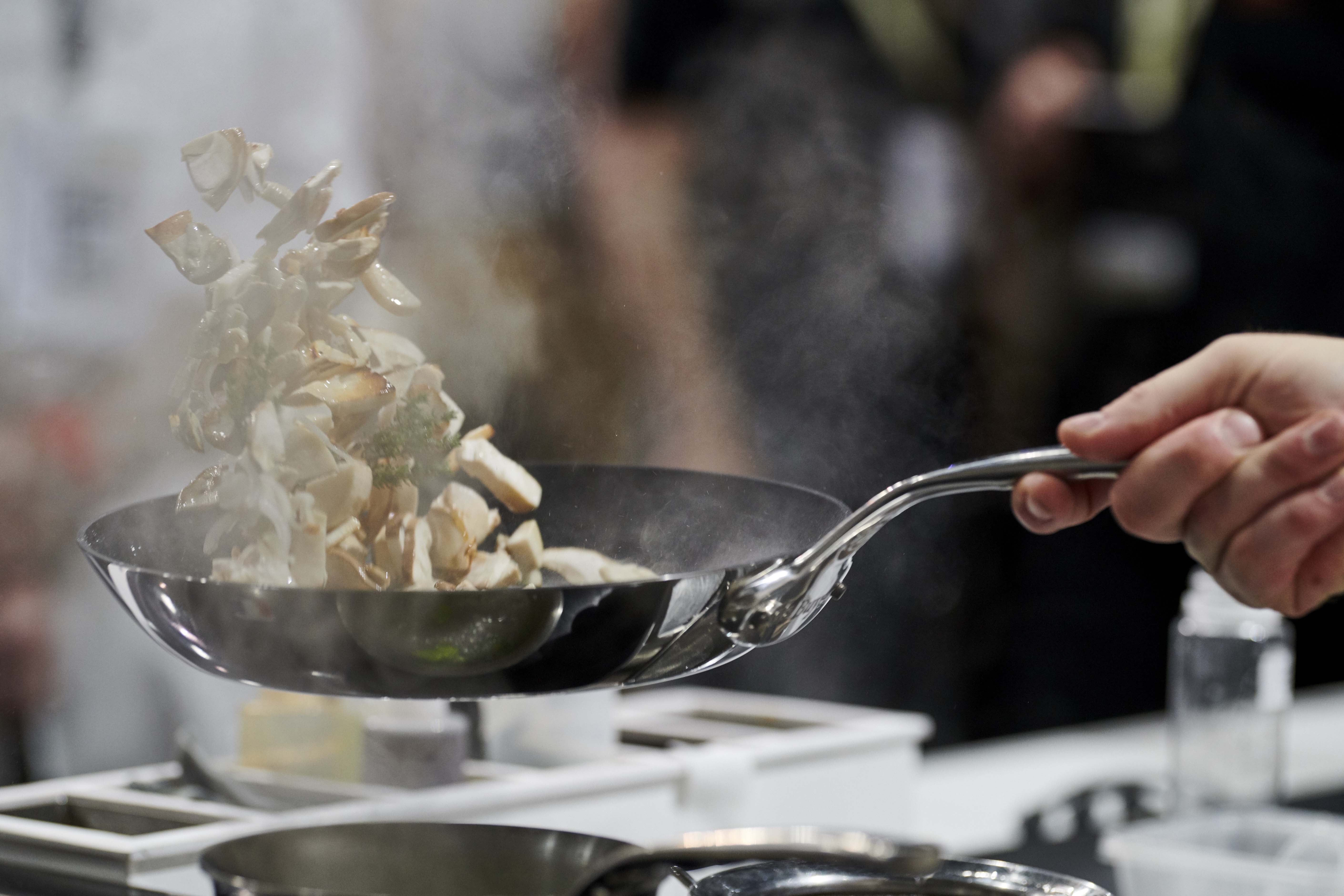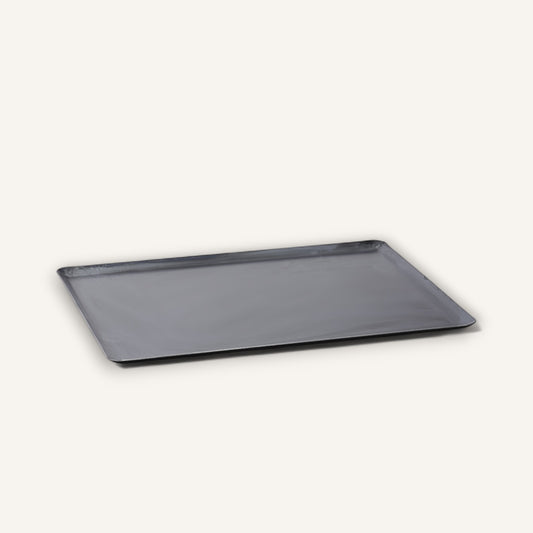Carbon Steel Pan Rust
Rust can strike fear in the heart of any home cook or professional chef. While you might think that the pan is ruined, you can take a few steps to bring it back to life. When rust develops on carbon steel, all you need is a little white vinegar and some care. You will be back to using this pan to create some fantastic dishes in no time. Plus, it will perform as well as new (or even better). Here are a few tips to get rid of rust from your carbon steel.
Removing Carbon Steel Pan Rust
When it comes time to clean, you might think that a bit of soap can help to remove those rust stains. However, it will take something more substantial to remove those stains. With the right tools and little elbow grease, you can get these carbon steel pieces looking as good as new. Not only will you remove existing rust, but you can prevent your carbon steel cookware from rusting in the future. There are several ways to remove rust from those carbon steel pans. Let's look at the three most popular ways to get rid of those rusty stains.
Methods for Cleaning Carbon Steel Rust
Vinegar Method
If you have interior rust that is stubborn, consider the vinegar method. This method can remove existing rust and help prevent any additional build-up in the future. You need to bring equal parts of vinegar and water to a boil over medium heat. Rice vinegar often works the best for this job. Pour the mixture into the pan and then scrub. You will want to rinse with hot water and soap. Unfortunately, vinegar will strip away all of that build-up seasoning on your carbon steel, so you must re-season the pan.
Below are the simple steps you need to take to remove rust from a carbon steel skillet when using vinegar.
-
Fill your sink with 50% water and 50% distilled vinegar
- Soak your carbon steel skillet for one hour. If necessary, you can soak the pan for five hours.
-
After letting the skillet soak, sprinkle it with baking soda to neutralize the acid.
- Next, aggressively scrub the pan with a metal scouring pad.
- Once done, rinse the pan with warm water until the rust is gone.
-
If rust is still on the pan, let it soak in the 50/50 solution for another hour and scrub it more with the metal scouring pad.
- Lastly, dry the pan with a paper towel when the rust is gone.
Next, you want to place the carbon steel skillet on high flame for five minutes to completely dry the pan. Another option is to place the carbon steel skillet in the oven for five to ten minutes at 350 degrees.
If you still notice a few small rust spots, that is normal. You can wipe them with a light coat of a neutral, high smoke point oil to help loosen any remaining residue. Avoid vegetable oil, shortening, and flaxseed oil, since these can create sticky, uneven layers on carbon steel and may lead to flaking. Choose a neutral oil with a high smoke point, such as grapeseed, canola, or sunflower. These oils help the seasoning bond properly and support a smooth, durable surface as the patina develops.
This molecular bonding occurs during polymerization for seasoning to adhere to the skillet. Also, the oil protects the carbon steel surface, making it smooth and hard.
Salt Scrub Method
If you are searching for the least invasive way for rust removal, think about the salt scrub method. This process uses oil and coarse salt to gently scour any surface rust from the pan. Many people use this method for small- or medium-sized rust spots, but it can also be effective against those more prominent areas.
You have to place coarse salt on the rust and use some cooking or vegetable oil. Scrub the salt and oil into the rust with a soft cloth or paper towel. Use a small circular motion to remove any traces of rust. After that, you will want to re-season the pan. However, if the rust was a minor problem, you can just clean, dry, and store the cookware.
Scouring Method
The scouring method uses a coarser scrubber, like a scouring pad, abrasive sponge, or steel wool, to forcibly remove rust from the pan's surface. With a small circular motion, use the scrubber to scrub at the rust until it is fully removed. You can use these methods to remove rust from anywhere on the cookware, including those bottom surfaces. Don't forget to rinse the pan with hot, soapy water.
Once you have scrubbed off the rust, make sure to fully dry your carbon steel with a soft, dry cloth. If you have removed some of the seasoning, you might have to re-season the cookware.
Preventing Rust on Carbon Steel
When it comes to carbon steel, it can rust if the cookware is left in a moist environment, especially for an extended amount of time. Due to the presence of iron in the carbon steel's alloy, the oxidation process leaves rust on the cookware. Fortunately, most carbon steel cookware owners don't have to worry about rust unless exposed to water for a long time. After that exposure, you might find rust on the pot or pan.
To prevent rust from forming, take precautions with your cookware. After you use the pan, make sure to remove any traces of water from the cookware. You can accomplish this by either drying the pan by hand or putting the pan on the stove. When placing the pan in the oven, always do that over low heat. Keep it in the oven until all of the remaining water has evaporated.
The above preventive steps don't always stop the development of rust on the pan, especially if it is humid or used outdoors. Under those conditions, you might need to take a few extra steps to protect it from any environmental moisture. Remember that when you season your pan, it can decrease the amount of surface iron that could rust.
Now that you know how to prevent rust on your pans, what can you do for existing rust? If you already have rust on your pans, don't worry. You can easily remove rust from your carbon steel cookware with some elbow grease.
Final word
Rust can make your pans look unsightly. In addition to that, you don't want to cook with rusty cookware. Removing carbon steel pan rust is a job that you can easily accomplish at home with a few ingredients. After a few steps, you can get your cookware looking and performing at its best.

